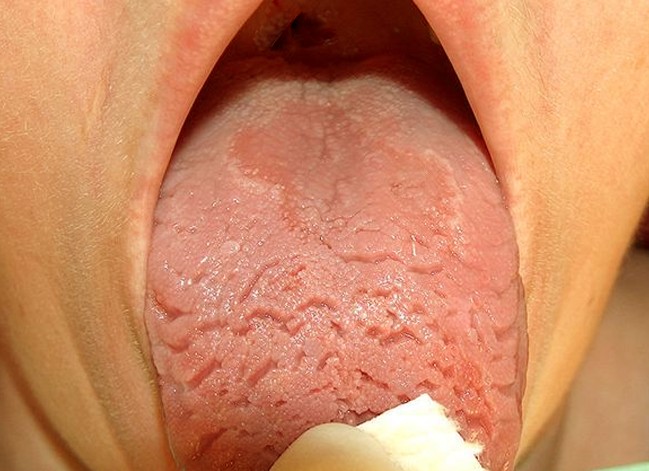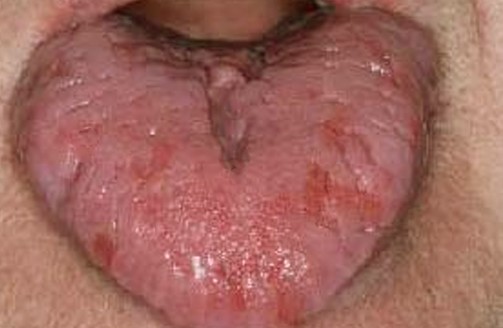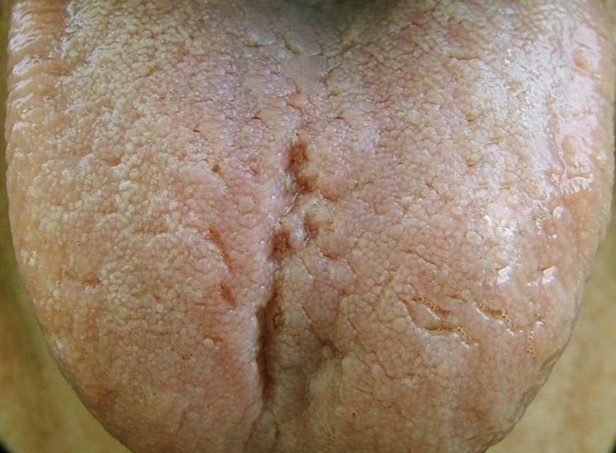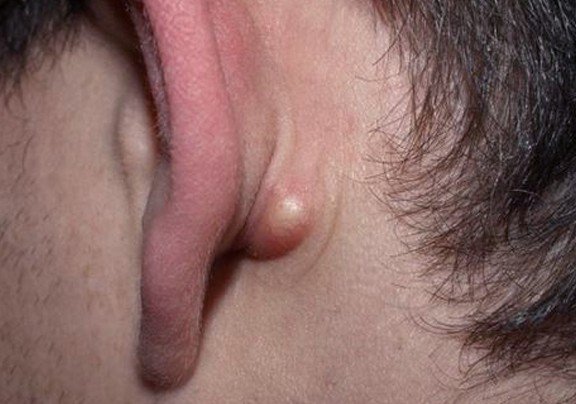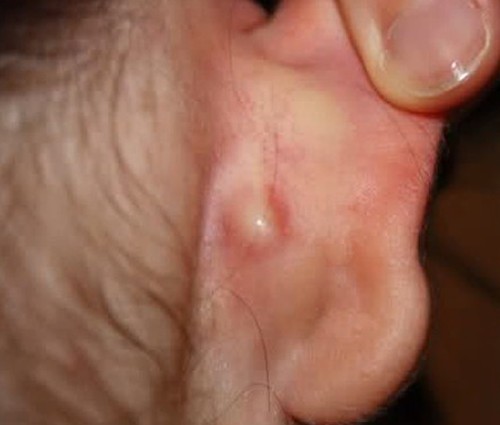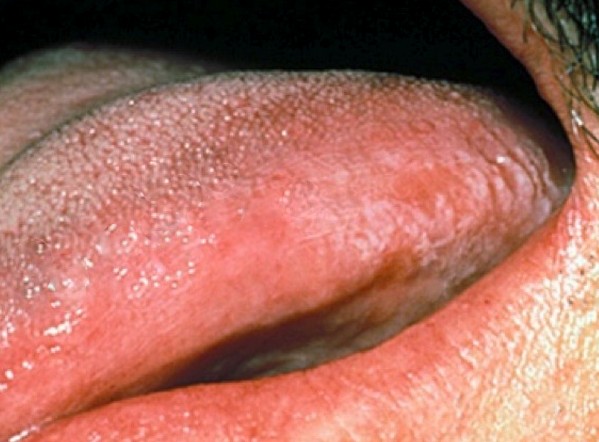Cracked Tongue
What is a Cracked tongue?
A cracked tongue is a benign condition with multiple small but furrows, fissures or grooves visible on the dorsal of the tongue. The fissures or grooves vary in sizes and can either be deep or shallow and may be as deep as six millimeters. However, most fissures occur in the middle of the tongue.
A cracked tongue can increase the risk of a fungal or bacterial infection in your mouth.
Other Names for Cracked Tongue:
- Fissured tongue
- Scrotal tongue
- Lingua plicata
- Plicated tongue
- Furrowed tongue
Prevalence
A cracked tongue is relatively a common condition. Health records indicate that tow to five percent of the general population report having cracked tongue. Reportedly, males are more affected compared to the females. Also, the condition affects older people as it becomes more accentuated as one age.
Symptoms of Cracked tongue
Below are various symptoms of cracked tongue
- The cracks only affect the tongue and not any other structure in the oral cavity including gums and cheeks
- Pain and a burning sensation
- Clefs, grooves or cracks visible on both the top and sides of the tongue
- Redness
- Difficulty in eating or swallowing
- A burning feeling while eating
- Irritation and mouth sores
- The cracks connect in a grooved pattern and divide the tongue into difference sections
- Bad breath
Causes of Cracked Tongue
Cracked tongues are often genetically inherited, and the exact cause is unknown. The condition is also apparent at birth as a result of an incomplete fusion of the two parts of the tongue. Other than aging and environmental factors, fissured tongues may appear along with other conditions that include:
Geographic tongue
Also referred to as Benign migratory glossitis or tongue abnormality, geographic tongue shows up along with a cracked tongue. It makes the filiform papillae of the tongue go away and instead creates bald purchase on the surface of your tongue. It may cause mild or no symptoms including sensitivity to spicy or hot foods and drinks.
Melkersson-Rosenthal syndrome
Although considered to be rare, this benign condition causes a fissured tongue as well as paralysis in the face.
Down syndrome
80 percent of children diagnosed with Down syndrome are reportedly prone to fissured tongues. Down syndrome is also referred to as trisomy 21 syndrome.
Injury
In case you are repeatedly the dorsal surface or the lateral borders of the tongue, you are most likely to develop fissures. A broken tooth present in your oral cavity may also cause constant friction on the tongue resulting in a cracked tongue.
Deficiency of Biotin
Biotin is found in the Vitamin B family. Lack of Vitamin B in your body can increase the risk of developing a fissured tongue along with muscle pain, dry skin, and paleness. Biotin can be corrected by taking plenty cauliflower, chicken, egg yolks and chicken. You can also consult your physician to help you determine the proper diagnosis.
Oral thrush
A cracked tongue indicating an oral thrush is caused by the accumulation of the candida fungus in the oral cavity or the lining of the mouth due to a weak immune. A weak immune system can be as a result of vaginal yeast infection, cancer, and diabetes. Such a condition is characterized by loss of taste, mild pain and lesions on the tongue or any other part or your oral cavity. In such a case, your doctor may prescribe antifungal medications depending on the cause of your condition.
Sjogern’s syndrome
Sjogern’s syndrome causes your body to produce glands which can lead to dry mouth and cracked tongue. This disorder can also lead to joint pain, fatigue, as well as itching and burning eyes. Sjogern’s syndrome is caused by environmental factors, genetics, and an existing viral or bacterial infection in your body.
Other Common causes of cracked tongue:
- Spicy food
- Too much exposure to stress
- Grinding your teeth constantly
- Eating hard food
- Allergic reactions
- Drug reactions
- Over body heat
- Granulomatous disease
- Too much alcohol consumption
- Severe tobacco chewing
- Stress which often leads to chewing on the tongue unknowingly
In other cases, cancerous or pre-cancerous growth can often result in a cracked tongue. Fissured tongues from cancerous growth are characterized by severe pain and swelling, and it is recommendable to consult a physician immediately you notice the symptoms for quick diagnosis and treatment.
Cracked tongue Diagnosis
A cracked tongue can be observed as an incidental finding during a routine dental examination. The diagnosis can also be made using the clinical symptoms of the tongue. It is rare to need a biopsy to diagnose a fissured tongue.
Pictures of Cracked Tongue
Treatments for Cracked tongue
- Cracked tongues do not require any specific treatment. However, some guidelines to help you with the conditions include:
- Leaving it Alone – if the cracked tongue is not causing any discomfort, it is advisable to allow it to heal on its own.
- Keeping dental hygiene- brush your teeth regularly. You can also use a cleaner to get rid of any food from the cracks to avoid the growth of microorganisms and infections.
- In the case of severe pain, you can manage your comfort by drinking plenty of water to keep your tongue hydrated.
Home Remedies for Cracked tongue
- Spearmint – spearmint helps with the healing process of the cracked tongue and also neutralizes the pain.
- Baking soda – placing a bit of baking soda in the affected area eases the pain. You can also gargle to heal the cracks faster.
When to see a doctor
If the symptoms and the discomforts are severe, you should see a physician to help determine if there is a way to help with your discomfort. Also, if the cracks are swelling, see a doctor to find the cause of the swelling as it could be a serious condition such as tongue cancer. If the cracks are due to an infection or injury, the doctor will describe some antibiotics or topical soothing creams. In the case of halitosis, mechanical tongue cleansing is recommendable.
